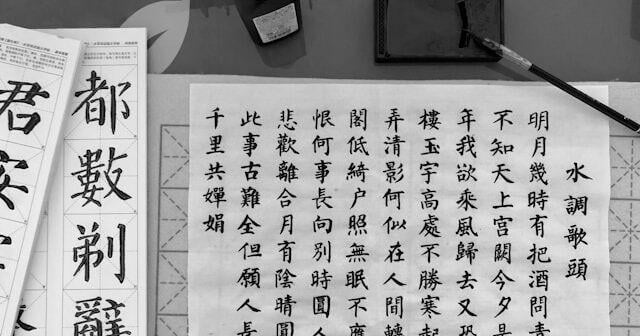The Culture Exchange pairs an international student with an American student to foster a friendship and aid in language development.
Shengbei Guan is an international student from China. She is a first-year student studying in the Intensive English Pathway program. She said that the program helps her to learn more about American culture, and to improve her speaking and writing.
Director of the Intensive English Pathway program Asha Mattan began the Culture Exchange to support her students.
“I started [the exchange] because I noticed that a lot of my international students who were coming to SIUE and to the U.S. for the first time were really excited to meet American students and make American friends,” Mattan said. “But every semester, I noticed that they were really struggling with that, because they were shy and a little bit self-conscious about their English.”
The program has included international students from many different language backgrounds. This past semester, Mattan worked with Chinese students.
Sophomore Zephina Vaz de Carvalho is an American student studying flute performance and music history. While studying Chinese, her professor introduced her class to Mattan’s program.
“As a person who has lived overseas myself, one of the best ways to learn a culture or learn a language is to speak with people that are fluent in that language,” Vaz de Carvalho said. “In an educational setting, you only get the very formal [language], or the writing styles. But when you can converse with someone … it becomes more conversational. They can learn English faster, but I can also learn Chinese a little bit faster.”
Vaz de Carvalho said that this program is both social and educational, and it offers an opportunity for students to practice their language skills in a relaxed environment.
“You can definitely see the improvements in English speaking over time,” Vaz de Carvalho said. “The walls come down a little bit, so it’s not as awkward anymore. That first meeting, we didn’t know what to say, because there were a lot of barriers that were in between us. But as time went on, and we met with each other more, it became a lot easier to converse and have fun.”
Mattan’s intentions with the program were to emphasize the practice of language outside of a classroom setting.
“They’ll meet at a coffee shop or go to the mall together, and they’re able to have these American cultural experiences that they want to have, but don’t necessarily know how to create for themselves,” Mattan said. “They’re able to make new friends and have more fun on campus.”
Vaz de Carvalho said she enjoyed trying authentic meals, eating tofu and drinking tea made for her by her language partner.
Second year nursing student Shelby Rainey shared this enthusiasm for new foods. She said that she enjoyed shopping at supermarkets and trying soup dumplings with the friends she made through the program.
“Something that was really great was that they would take me to places in St. Louis that I had never been to before that had a lot of cultural food. Where I am from, the most I’ve had is Panda Express,” Rainey said.
Rainey was adopted from China at 11 months old.
“Whenever I get to meet the Chinese students, in a way, I feel connected with them already,” Rainey said. “I already have a Chinese name [Feng Chuan or Chuan Chuan] … I call them by both their Chinese and their American name on and off, and they call me by my Chinese name and my American name on and off.”
“Something that they’ve taught me is that, in the Chinese language, there is no past, present or future tense,” Rainey said. “They’ve taught me a little bit of Chinese. I knew the basic hello. But I asked what to say if I wanted to tell my parents ‘I love you’ It’s like ‘Wǒ ài nǐ.’”
Mattan said that American culture can be hard to acclimate to.
“I think the more programs that the university can create to support international students, the better. It’d be great if we could create more communal events and activities to bring students together,” Mattan said.



